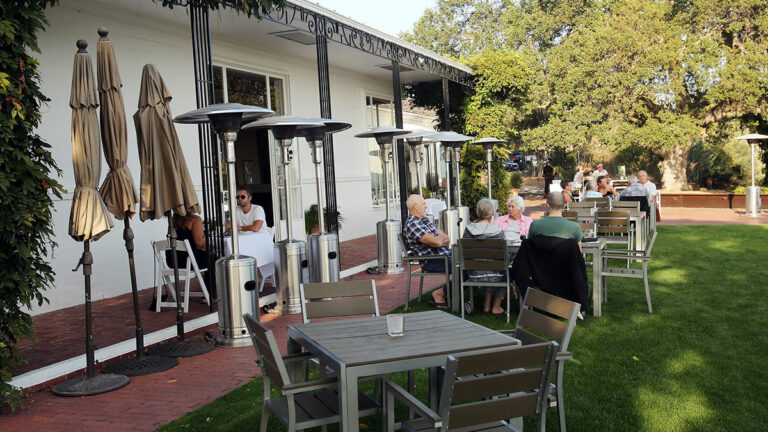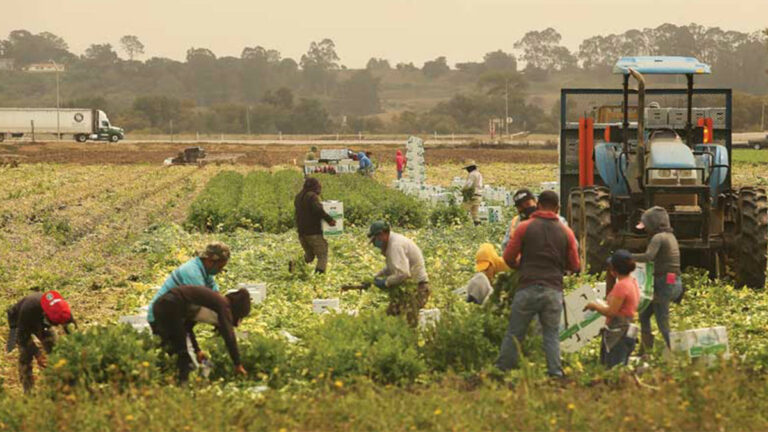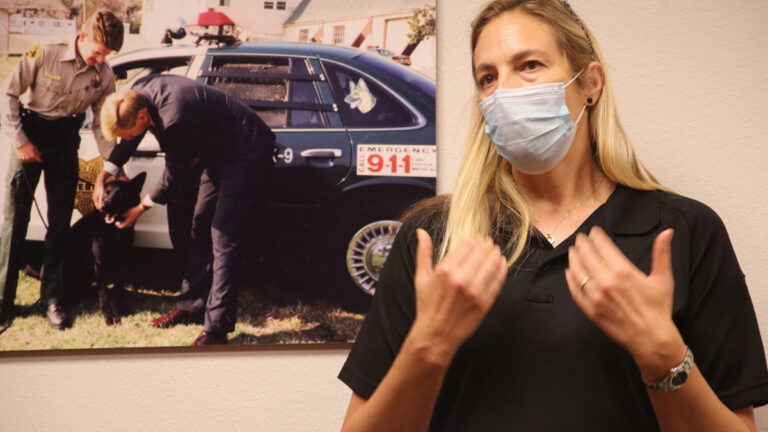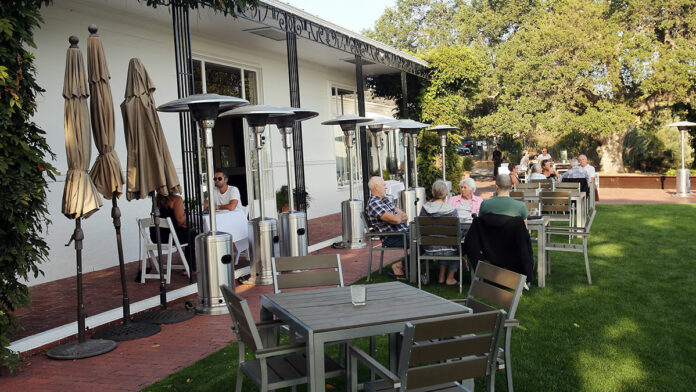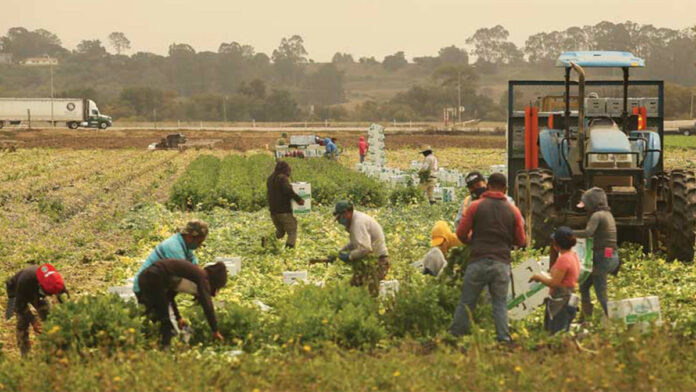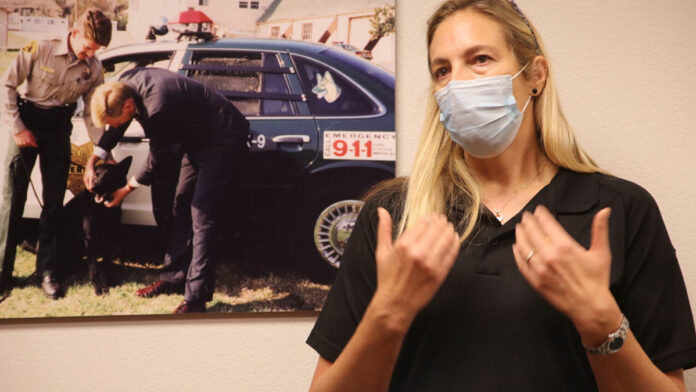Free will astrology for the week of Sept. 23
ARIES (March 21-April 19): “It takes a lot of courage to be the same person on the outside that you are on the inside.” Author Barbara De Angelis made that observation. I offer it up to you as a fun challenge. During the coming weeks, you may be strongly tempted to be different on the outside than you are on the inside. On the other hand, you’ll have the necessary insight and valor to remain unified. In fact, you may ultimately create more congruence between your inside and outside than you have in a long time.
TAURUS (April 20-May 20): “People who deny the existence of dragons are often eaten by dragons. From within.” Fantasy author Ursula K. Le Guin made that observation, and now I’m conveying it to you just in time for the season when you’ll need it most. Please note that I am not predicting you’ll be devoured by dragons from within. In offering you this oracle, my hope is that you will: 1. acknowledge the existence of metaphorical dragons; 2. locate where they hang out in your inner realms; 3. study them and get to know them better; 4. devise a strategy for dealing with them safely.
GEMINI (May 21-June 20): “Don’t let them tame you,” advised flamboyant Gemini dancer Isadora Duncan. Who did she mean by “them”? The mainstream critics, who might have wished she cultivated a less maverick style? Her managers and handlers, who may have wanted her to tone herself down so she could earn maximum amounts of money? Her friends, who cringed when she did things like dancing on a table wearing an evening dress at a party? In accordance with astrological omens, Gemini, I invite you to take a survey of what influences might wish you were more docile, mild or manageable. And then meditate on how you could consistently express the healthiest kind of wildness.
CANCER (June 21-July 22): In the Yoruba religion of Ifà, the English word “heart” has two different meanings and words. So says Yoruba priest Awó Falokun Fatunmbi. The first heart is the organ that pumps blood through our bodies. It’s called okàn. Within the okàn is the second heart: a power center that regulates the flow of emotions. It’s called ègbè. I believe your ègbè will be exceptionally strong and clear and generous in the coming weeks, Cancerian. Your capacity to feel deeply and truly will be a gift to all those with whom you share it. It will also have the potential to enhance your appreciation for your own mysterious life. Wield your ègbè with glee and panache!
LEO (July 23-Aug. 22): Ancient Greek philosopher Plato observed, “Do not train children to learn by force or harshness; but direct them to what amuses their minds, so that you may be better able to discover with accuracy the peculiar bent of the genius of each.” The same principle applies to all of us adults who are committed to the goal of life-long learning. And according to my astrological analysis, it will be especially useful for you Leos to keep in mind during the coming weeks. It’s time to energize your education! And here’s the best way to gather the new teachings that are important for you to know: Follow what amuses your mind.
VIRGO (Aug. 23-Sept. 22): Christian author Frederick Buechner writes, “We are commanded to love our neighbors as ourselves, and I believe that to love ourselves means to extend to those various selves that we have been along the way the same degree of compassion and concern that we would extend to anyone else.” Let’s make his thought your keynote for the next two weeks. Now is an excellent time to take a journey through your past to visit all the other people you have been. As you do attend to this poignant work, be generous with each of your old selves. Forgive them for their errors and praise their beauty. Tell them how much you love them. Thank them for how they have made possible the life you’re living now.
LIBRA (Sept. 23-Oct. 22): Seventy-nine-year-old Libran poet Robert Pinsky has had a triumphant life. He has published 19 books, including his own poems and essays, as well as translations of Italian and Polish poetry. For four years he served as the United States Poet Laureate. To what factors does he attribute his success? Here’s one: “Whatever makes a child want to glue macaroni on a paper has always been strong in me,” he testifies. He’s referring to the primitive arts-and-crafts projects he enjoyed while growing up. In accordance with astrological omens, I encourage you, too, to get in touch and commune with the primal roots of the things you love to do. Reconnect with the original expressions of your passion for life.
SCORPIO (Oct. 23-Nov. 21): “A single ego is an absurdly narrow vantage point from which to view the world,” wrote occultist Aleister Crowley. Author Gore Vidal agreed, saying, “Since no one can ever know for certain whether or not his own view of life is the correct one, it is absolutely impossible for him to know if someone else’s is the wrong one.” All of us can perpetually benefit from this counsel. And it will be especially healthy for you to heed during the next four weeks. Humility will be a superpower. Blessings will flow your way if you don’t need to be right all the time. As you refrain from regarding your own opinions as God’s holy decrees, you will generate good fortune for yourself.
SAGITTARIUS (Nov. 22-Dec. 21): “It’s a rare gift, to know where you need to be, before you’ve been to all the places you don’t need to be.” Author Ursula K. Le Guin wrote that. I’m passing it on to you because I suspect you now possess the power to claim this rare gift. In the coming days, you don’t have to engage in endless evaluations of the numerous possibilities. You don’t have to risk falling victim to overthinking. Your clear, strong gut-hunches will tell you exactly where you need to be and how to get there.
CAPRICORN (Dec. 22-Jan. 19): Novelist Henry Miller was in many ways a quintessential Capricorn. He described himself as being “in love with love, always in search of the absolute, always seeking the unattainable.” Feelings like those are why your astrological symbol is the mountain goat that’s always climbing higher, questing toward the next pinnacle. At your best, you’re determined to keep striving for the brightest, the strongest, the truest. Sometimes you overdo this admirable imperative, but mostly it’s a beautiful quality. You are hereby authorized to express it with maximum wisdom and eagerness in the coming weeks.
AQUARIUS (Jan. 20-Feb. 18): “Go catch a falling star,” wrote poet John Donne (1572–1631) in his poem “Song.” “Tell me who cleft the Devil’s foot,” he went on to say. “Teach me to hear the mermaids singing.” He wasn’t being literal, but rather was indulging in poetic fancy to stretch his readers’ imaginations. I’m offering you the spirit of Donne’s poem, Aquarius, because you’re ripe to transcend your limited notions about what’s plausible and implausible. If you allow yourself to get extravagant and unruly in your fantasies, you may crack through shrunken expectations and break into a spacious realm of novel possibilities.
PISCES (Feb. 19-March 20): I don’t suggest you indulge daringly in sensual pleasures, cathartic exchanges of energy and intoxicating pursuits of relief and release. The pandemic mandates us to be cautious about engaging in unmitigated bliss—even though the astrological omens suggest that if now were a normal time, such activities would be well worth focusing on. How can you resolve this dilemma? Possibilities: 1. Experiment zestfully with your live-in steady or spouse. 2. Get a Covid-19 test with a potential playmate, and if you both test negative, celebrate boisterously. 2. Round up a dazzler with whom you can generate rapture via Zoom. 3. Fantasize about delightfully gracious debauchery. 4. Go solo.
Homework: In your fantasy, create an alternate version of yourself with a different name and a different life. freewillastrology.com.




